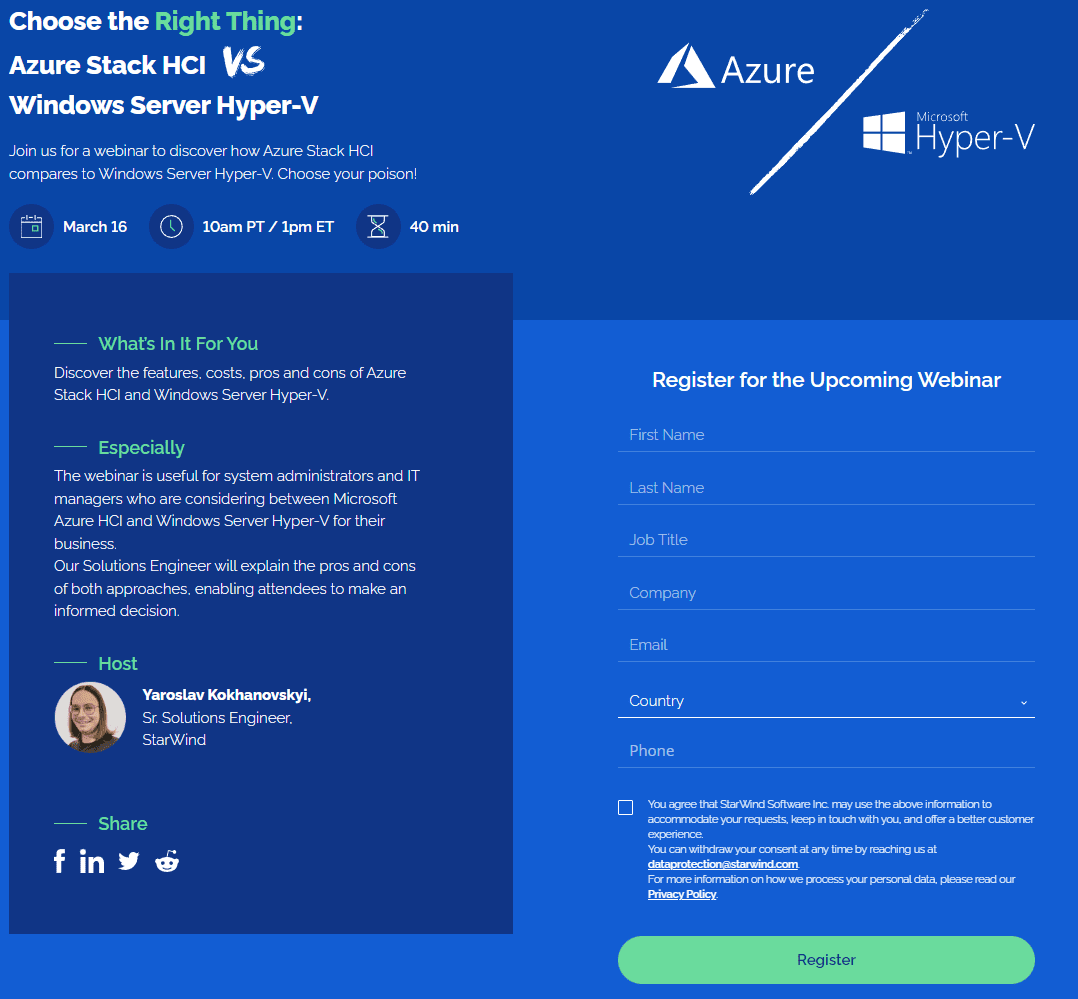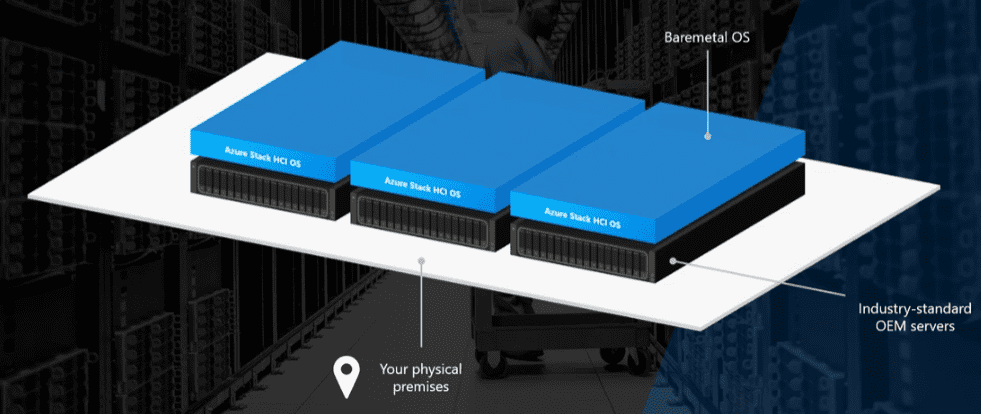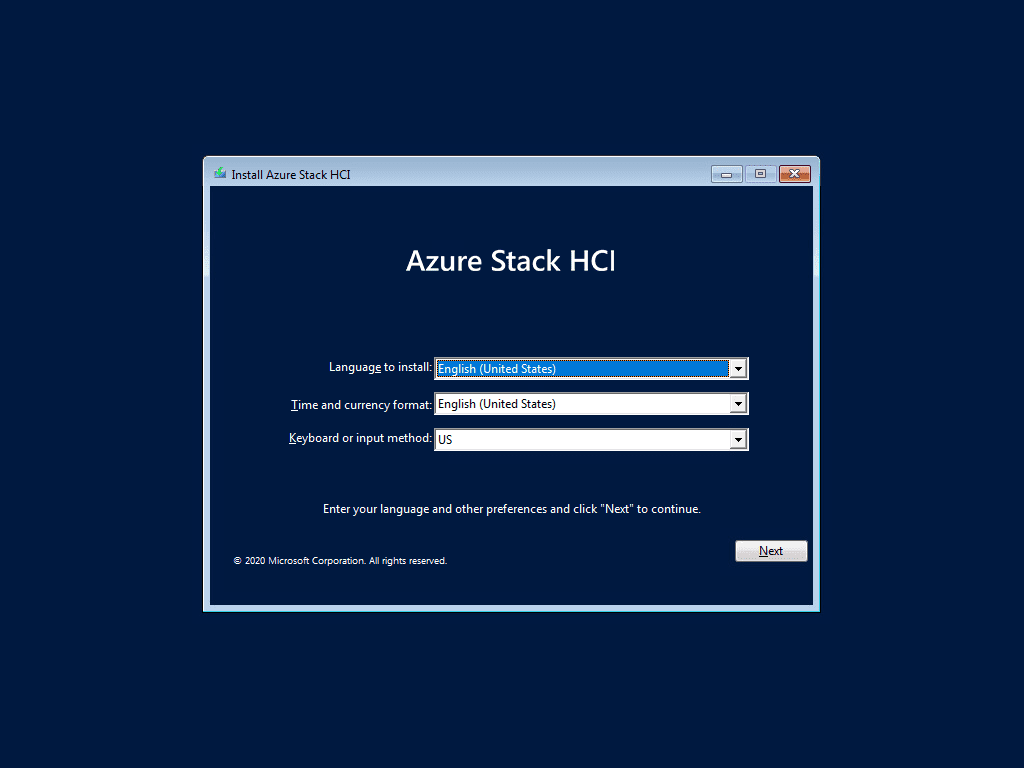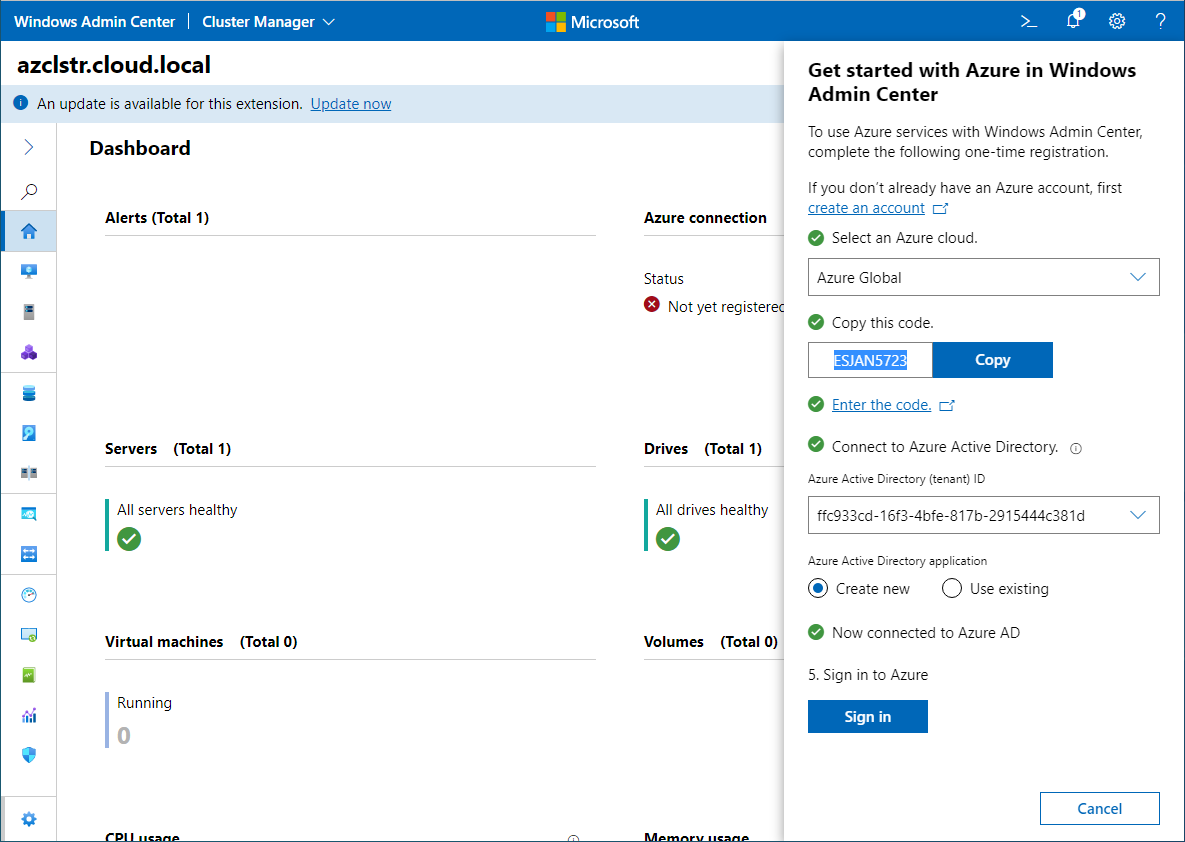You may have heard about Azure Stack HCI. What is it? Also what about Azure Stack HCI vs Windows Server Hyper-V? What are the similarities and differences?
Azure Stack HCI
Azure Stack HCI is a new hyperconverged infrastructure offering from Microsoft that allows hyperconverged infrastructure from Microsoft Azure to run virtual machines. It provides all of Microsoft’s new features and capabilities in terms of an enterprise hypervisor, and it blends on-premises capabilities with those found in Microsoft Azure.
Windows Server Hyper-V
On the other hand, Microsoft Hyper-V is a well-established enterprise hypervisor that many organizations use to host their virtual machines on-premises. Hyper-V fundamentally differs from Azure Stack HCI solutions since it is the traditional enterprise solution that businesses typically use by simply adding a Windows Server role to their Windows Server Datacenter Edition servers, allowing them to run as many virtual machines as possible as their hardware can house.
Azure Stack HCI is a subscription-based license from Microsoft Azure, and customers will need an Azure subscription for the Azure Stack HCI cluster. It runs on preferred Microsoft hardware partner solutions tested and guaranteed to run the Azure Stack HCI solution.
Azure Stack HCI is a unique offering compared to Microsoft Hyper-V since it places the management plane of the solution into the cloud. However, the virtualization hosts run the Azure Stack HCI operating system on-premises. This means you can manage and license Microsoft Azure Stack HCI in your Microsoft Azure portal as part of your hybrid environment.
Azure Stack HCI vs. Windows Server Hyper-V
Both Azure Stack HCI and Hyper-V have their points that make one or the other the solution that you might want to consider.
Windows Admin Center management
Windows Admin center is the new management utility for admins. It allows managing not only on-premises environment, but also cloud infrastructure. It is the new tool that Microsoft says will/is replacing Server Manager.
With traditional Hyper-V deployments, IT admins can use existing tools to manage their clusters like Hyper-V Manager, Windows Failover Cluster Manager, and others.
Organizations using Storage Spaces Direct (S2D) will need to use Windows Admin Center for management or stick to low-level PowerShell management of the Storage Spaces Direct storage.
Datacenter licensing
Many orgs already own Windows Datacenter licensing. So, they may be happy with having on-premises deployments of Windows Server running with on-premises Hyper-V running their workloads and this for many works out well. Microsoft is also offering a hardware-as-a-Service offering for companies to think about as well with Azure Stack HCI that might make this more appealing to some.
Azure Stack HCI benefits
Azure Stack is optimized to run certain business-critical applications like SQL Server for instance as an app that is critical for many. You can also see optimizations with Exchange Server SharePoint and others. It provides built-in storage in the form of HCI storage and network features that can help support these types of environments and improve performance.
You also can see benefits from consistent management across all the environments, both on-premises and in the cloud. So, you can use the same tools and dashboards for workloads running VMs and containers on-prem and cloud driven.
You get features such as automated patching, rolling upgrades, and health monitoring that help simplify the management of your infrastructure. These are some features that Microsoft is holding out for Azure Stack HCI, but is slowly introducing these into on-premises environments also.
Windows Server Hyper-V benefits
Windows Server Hyper-V is a more general-purpose virtualization solution that we as admins have come to know and understand for years now. It can be used for a wide range of workloads. You have the expected features like live migration for VM moves, replication between clusters for site recovery, and virtual machine checkpointing, both production and non-production variants.
Similarities
Both tech stacks are great. However, Azure Stack HCI is a purpose-built solution for running virtualized workloads on hyperconverged infrastructure. So in other words you can’t run a file server, you can only run a VM that can run a file server. It that provides a unique management experience and integrates with Microsoft Azure services.
Windows Server better suited for traditional workloads
Windows Server Hyper-V is a more traditional virtualization solution that we have known for decades. It allows you to run more general-purpose virtualization capabilities.
Azure Stack HCI subscription-based
Another important consideration is the cost. Azure Stack HCI is a subscription-based license that requires an Azure subscription. You need to run it on preferred Microsoft hardware partner solutions that are tested and guaranteed to run the Azure Stack HCI solution. This can be a significant investment and may constrain budgets if not needed.
Many may be happy with Windows Server Datacenter Edition, which may already be part of your organization’s Enterprise licensing that can prove to be a cost effective way to continue running your workloads and apps.
Summarizing
In summary, Azure Stack HCI and Windows Server Hyper-V are robust virtualization solutions for the Windows operating system. Azure Stack HCI is a purpose-built solution for running virtualized workloads on hyperconverged infrastructure that provides a unique management experience and integrates with Microsoft Azure services. Windows Server Hyper-V is a more general-purpose virtualization solution that provides a broad range of virtualization capabilities and is included with Windows Server Datacenter Edition. The choice between the two depends on your specific needs and use cases, as well as your budget and existing infrastructure.
StarWind Webinar – March 16th
When: March 16th, 10 a.m. PT/ 1 p.m. ET
Duration: 40 minutes
Sign-up URL: Virtualization done Microsoft way: Azure Stack HCI Vs. Windows Server Hyper-V (starwindsoftware.com)
StarWind is detailing the differences between Azure Stack HCI and Windows Server Hyper-V in an upcoming webinar. Note the details below:
- Discover the features, costs, pros, and cons of Azure Stack HCI and Windows Server Hyper-V
- The webinar will be helpful for system administrators and IT managers deciding between Microsoft Azure HCI and Windows Server Hyper-V for their business.
- A StarWind Solutions Engineer will explain the pros and cons of both approaches, enabling attendees to make an informed decision.




